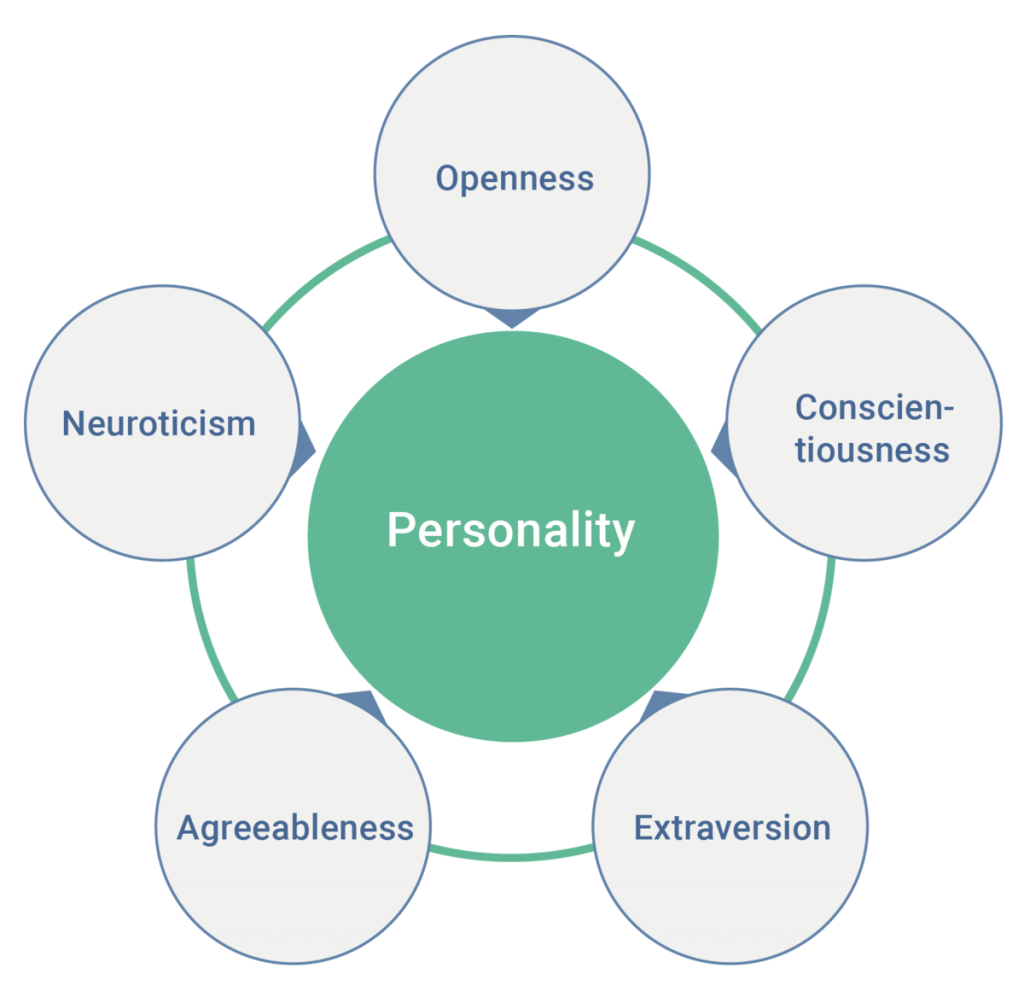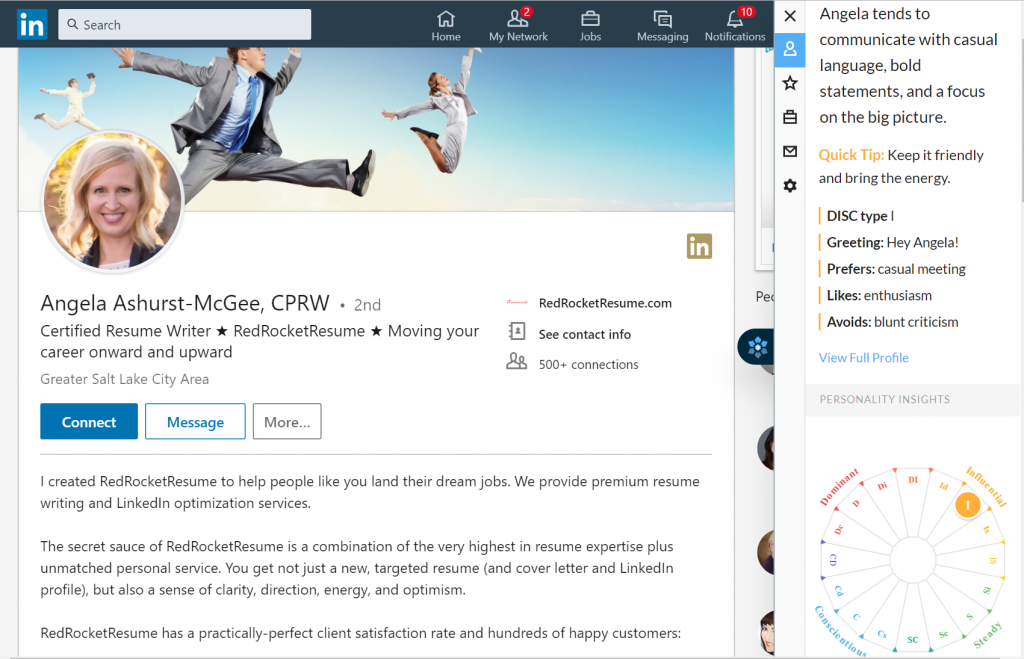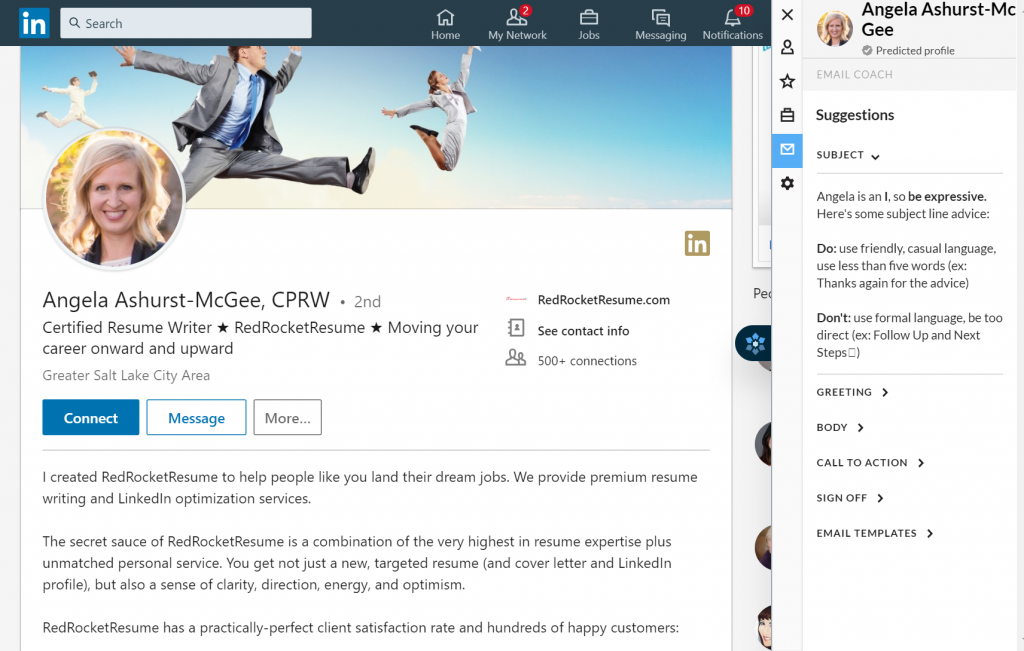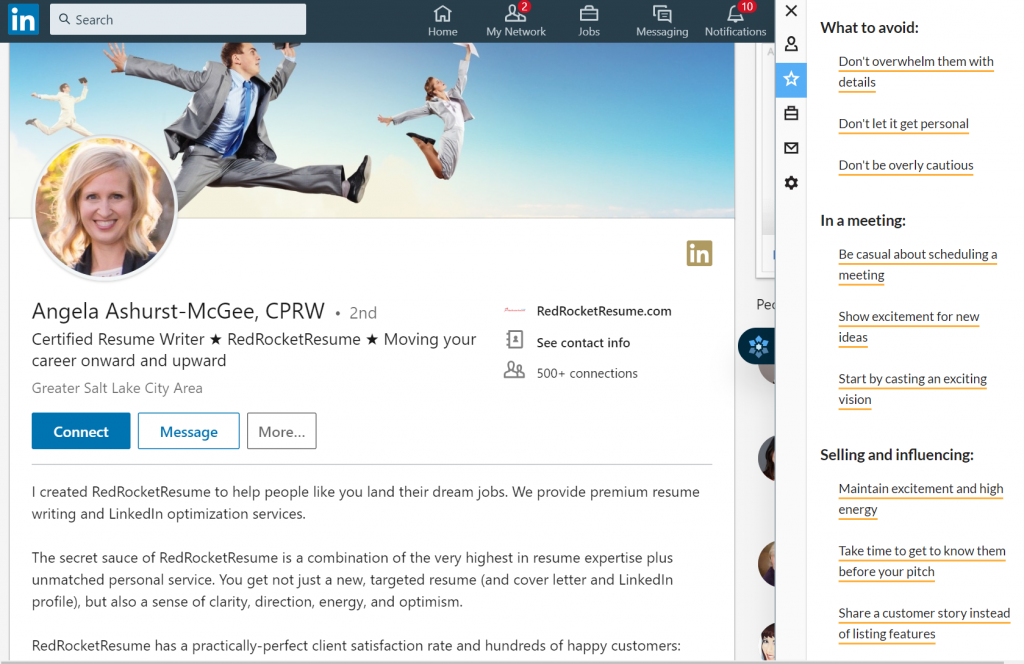In this clever research study, toddlers are offered broccoli and Goldfish crackers. Every toddler knows that the Goldfish are the superior snack and will therefore generously offer Goldfish to a researcher who asks her to share.
But what if the researcher makes a disgusted face after trying the Goldfish but smiles and says “mmmm” after tasting the broccoli? A 14-month-old will continue offer the researcher Goldfish. But an 18-month-old is savvy enough to realize that even though she prefers Goldfish, someone else may prefer broccoli. She’ll give the researcher broccoli.
Here are professional grownup versions of that scenario:
Maybe you like detailed lists and aggressive timelines. But you’re working with someone who finds that level of specificity overwhelming or even mildly offensive.
Do you continue emailing checklists and updates? (Your goldfish.) Or do you can offer your coworker big picture objectives, then give them the creative license to figure out how to implement on their own? (Their broccoli.)
Maybe you seek out new tasks and eagerly jump into the unfamiliar. But you’re working with someone who thrives on routine and finds and unknown uncomfortable.
Do you assign them new initiatives still in development? (Your goldfish.) Or do you allow them to play to their strengths, or at least provide some structure and guidance on new projects? (Their broccoli.)
The fact is that we’re all viewing the world from within a bubble of perceptions and preferences.
We tend to assume that others see things the way we do, but often they just don’t. (My husband and I laugh about the miscues and misperceptions of our early dating years. Now we’re much better at reaching each other!)
This knowledge can be discouraging and isolating—or it can be an opportunity to leverage our knowledge of others’ personality and communication styles to be more effective, more helpful, and more likable.
Be like an 18-month-old—willing and able to register another person’s differences and respond accordingly.
Here are two effective strategies to gain better understanding of the communication style of the people around you.
For someone you know well—
Rate their preferences as high or low in the Big 5 Personality Traits.
- Openness
- Conscientiousness
- Extroversion
- Adaptability
- Neuroticism

For an associate you don’t yet know well—
Check out Crystal. This amazing tool analyzes a person’s online profiles (emails, social media, LinkedIn) to provide some general indications of their personality and make recommendations on how to best communicate with them.
The paid version provides a variety of personality assessments and reports, but the free trial lets you check out 10 of your colleagues’ LinkedIn profiles.
At a recent gathering, my friends and I found Crystal’s insights almost eerily accurate. Here’s what Crystal had to say about my LinkedIn profile:



Of course, no personality assessment is completely accurate. And no quiz or framework can substitute for real connection and good listening. Some may feel that adapting our communication based on our impression of someone’s personality disingenuous or even manipulative. I’m a huge believer in authenticity and straightforwardness. But I’m also a believer in trying to give people what they feel they need, not what I assume they need.
Take note of the personalities and preferences of those around you. How can this awareness help you avoid miscues, improve connection, and communicate more effectively?


